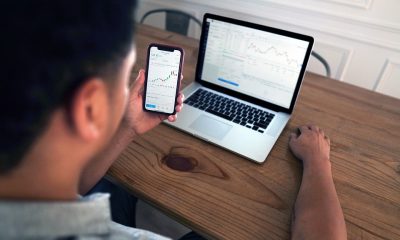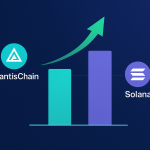Crypto Finance
Cryptocurrency Spoofing Manipulation Explained

A few weeks ago we’ve talked about wash trading, one of the most popular price manipulation techniques in the cryptocurrency market, and given there are other methods market participants can use to influence valuation, this article will be devoted to spoofing. Getting involved in the cryptocurrency market requires all traders to be aware of these techniques, since their decision-making process could be severely altered, otherwise.
What is crypto spoofing?
Known also as ghosting or layering, spoofing is when traders place very large buy/sell orders above or below the market level, without any intention to fil them. Since cryptocurrency exchanges are transparent in showing existing aggregate orders for any given price level, other market participants will see those huge pending orders and place their trades in the same direction, expecting to see price action react impulsively when all the orders will be triggered.
However, that’s not going to happen, since all the orders designed to influence market participants will be canceled before filling, but the goals will be reached:
- The psychology of market participants will be messed;
- And the market will be controlled both on the upside or on the downside.
Most of the time, institutional players are behind spoofing operating, since they have a lot of available liquidity. Whether it is to drive prices up or down or to create price volatility, they can end up being successful, as long as a considerable share of the market falls into their trap.
Is crypto spoofing possible in 2020?
Absolutely, and it can happen on any cryptocurrency, from Bitcoin to privacy tokens, or any other altcoins. The smaller the market cap, the easier it would be to “spoof” the market participants, considering the lower daily aggregate liquidity. Small and less-popular altcoins are easier to manipulate and most of the time, competitors will try and undermine the price by using spoofing strategies.
This means traders must understand that not all pending orders seen on the exchange will be filled and at the same time, they should be aware that spoofing strategies sometimes work and could result in violent price moves. As frustrating as it might be, it is important to place stop losses or take profits where there a huge accumulation of pending orders, since more often than not, the price action will react and profits could be lost. It will be of great importance to take this matter into account for day traders, in particular since their positioning gets influenced meaningfully by these spoofing strategies.




























